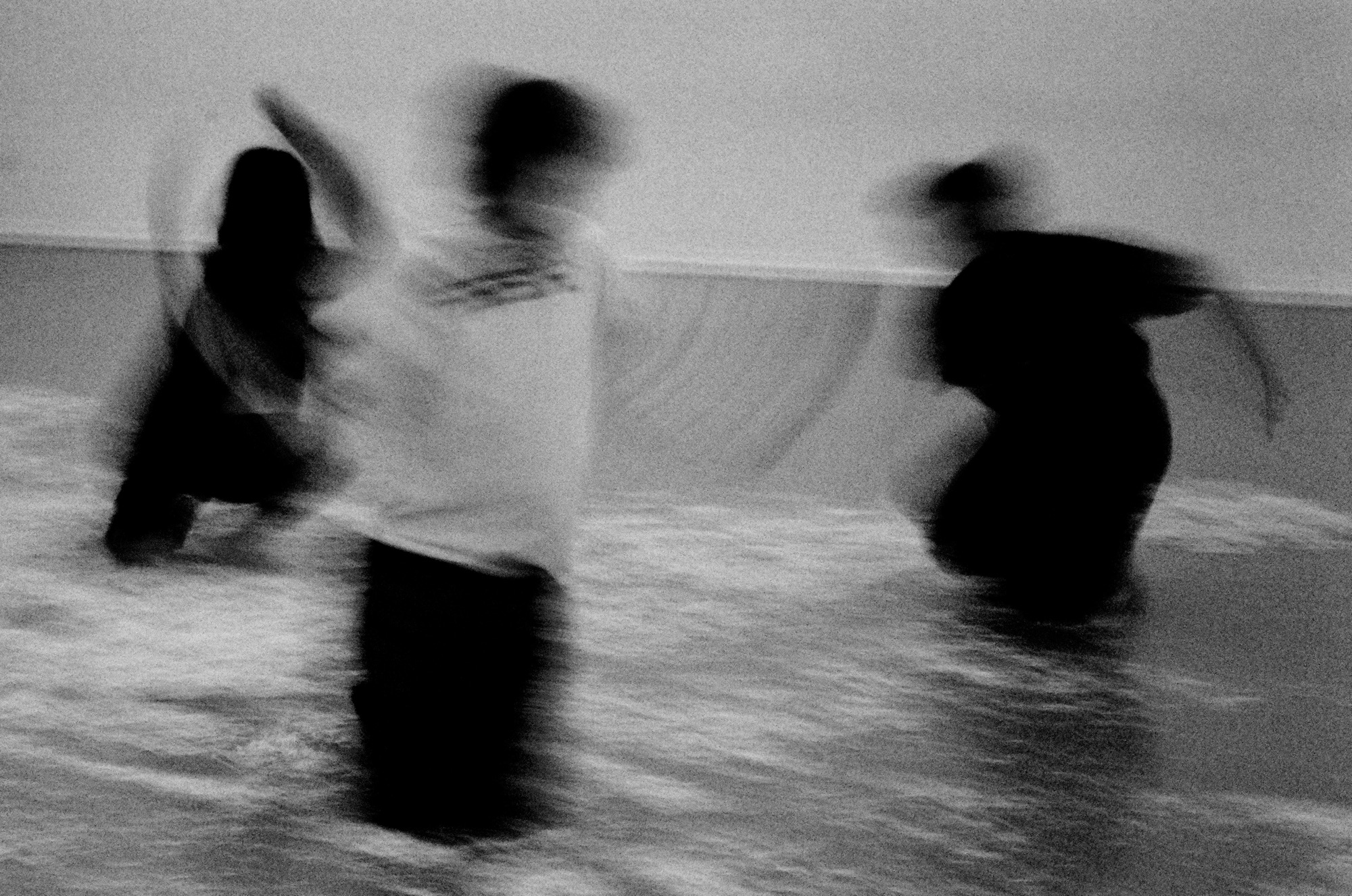Curated by Finleigh Zack Dance Inc, Common Threads is a split bill assembling global voices in dance that comes to Chisenhale Dance Space this week from 21-22 March.
During the bill, Common Threads will reflect on the current stories in our society through the experiences of five unique choreographers seeking to illuminate a variety of narratives. We caught up with Finleigh ahead of the performances to discover more.
Q: Tell us about the evening and the diverse variety of work that will be performed.
A: I am looking forward to sharing this work and to showcase this diverse group of artists. Each company works with a unique style of contemporary dance, blending performance art, visual art, storytelling, and physical theatre. When curating this performance, I really wanted to find pieces and companies that had their own individual voices rather than find projects circulating under one idea. It keeps the show a full mixed bill. While each of these pieces differ in ideas, each has the underlying common theme of bringing communities together to watch live performances. There is something really special about having artists from different backgrounds to present work on one stage, especially coming from different geographical locations. There is a common thread that weaves through each of the works to tie them together in this way.
Q: What does socially conscious contemporary dance mean to you?
A: For me, work that is created with real stories is where audiences can draw from experience the most. When this happens, I find that people are able to relate and understand the work being presented. It may spark new ideas for their own work or even just allow others to gain a better understanding of the projects themselves. When it comes to creating dance that is socially aware, I believe in holding space for audience members to engage and dive into the work itself. During all performances that I produce, there is always some aspect of audience engagement through conversation and community building. With this particular show, the works are divided up into two programs throughout the evening. This gives time to speak with the artists on what was seen during the works prior to going back into the theatre for another two pieces. I find that audience involvement helps people understand and find a way to relate to the work being presented.
Q: As a company, how does it feel to put on a split bill of work and what would your advice be to similar companies thinking of taking the same approach?
A: This has been a super rewarding process for me as both a producer and choreographer. It’s been a great process being able to engage with other companies from around the world and learn from each other’s work. My advice to anyone who may be looking to present and produce their own work is to work as collaboratively as possible. Finding a collaborative flow with the other artists involved not only allows you to enjoy the production process but leaves space for creativity. Teaming up with people you enjoy working with allows you to explore new ways of producing work. Through this process, we have found ways to market our own companies and the show by hosting workshops and engaging the community. Having the opportunity to work alongside these three other companies has been such a privilege and has allowed me to learn more along the way.
Q: What value do you think there is in sharing global dance works in different cultures?
A: I have found from previous experience that producing work in other parts of the world can be a challenge, especially when you do not know where to start. I wanted to create an opportunity for artists to come and present work while also engaging the community and meeting artists from different stages in their careers. It’s very refreshing to see new perspectives on dance and present work to new audiences. Movement and dance is an art form that can be a common ground for a lot of people’s backgrounds. When people from different cultures come together to watch performance in a physical space, it’s always a special experience that is hard to come by.
Q: Why is dance the right medium to express the topics covered throughout the evening?
A: Dance can reveal ideas and topics that sometimes words cannot. Our bodies can be used to tell a story. Like mentioned previously, movement is a form of art that can be a common thread for a lot of backgrounds of individuals. Unlike spoken language, which can be limited by vocabulary or cultural barriers, movement speaks on the human experience, making it an inclusive and powerful form of storytelling. Dance bridges ideas and emotions together, fostering connection with communities.
Book your tickets here.
